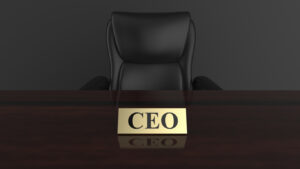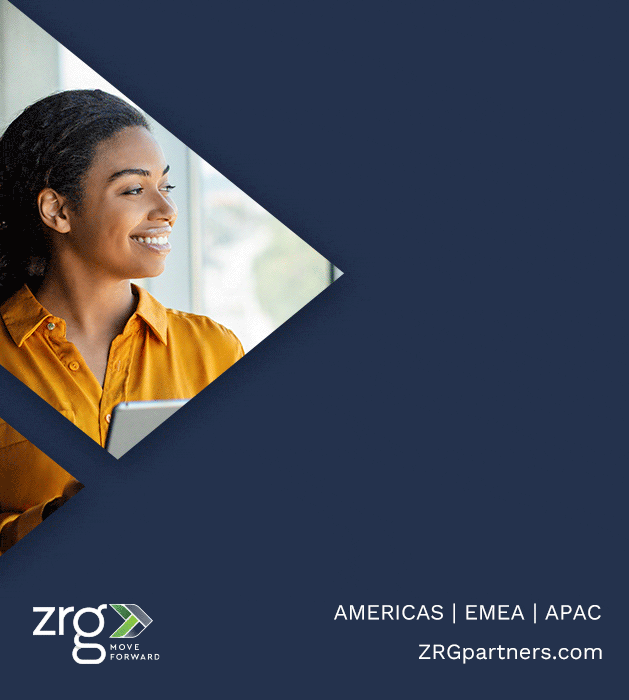Organizations are no longer operating in clear-cut environments. Competing priorities, blurred boundaries, and rising complexity are reshaping how leaders think and act. Navigating this friction isn’t optional, it’s the new core of leadership. Evan Berta, an associate at Hunt Scanlon Ventures, explores how these forces are driving a new leadership model centered on balance, adaptability, and human impact.
The future isn’t waiting for stability. Deloitte’s latest 2025 Global Human Capital Trends Report makes one thing clear: leaders are being asked to act boldly and strategically, through complexity, not around it.
In a survey of nearly 10,000 business and HR leaders across 139 countries, the report captures a world defined by competing forces. Leaders seek speed and flexibility, but their organizations crave direction and grounding. The workforce values autonomy and purpose, while still needing clarity and structure.
According to Deloitte, successful organizations aren’t picking one side, they’re learning to operate within the tension. “Leading only for business outcomes isn’t leadership: it’s an algorithm,” the report reads. “And leading only for human outcomes isn’t leadership either: it’s conservatorship or guardianship.”
“AI is not replacing people, it is reshaping what they do. But organizations are behind in adapting their systems to reflect this.”
The message is clear: complexity isn’t a roadblock, it is a leadership proving ground. The companies that thrive in 2025 will be those that reframe paradox as opportunity.
Balance, Not Speed
Agility without stability leads to burnout and disorientation. Deloitte found that while 72% of leaders say they need to balance agility with stability, only 6% say they are making meaningful progress.
That tension is not about indecision, it’s about trying to meet two valid, but opposing demands. The report highlights the importance of reimagining leadership not just as change agents, but as stabilizers who create focus. When employees experience too much agility without anchors, organizations risk losing clarity and energy.
The key, Deloitte notes, is identifying a new type of grounding, not rigid rules, but shared values, purpose, and culture that help teams move with intention rather than reactively.
Rethink Capacity
Overwork is draining productivity. According to Deloitte, employees spend 41% of their time on work that is not aligned to organizational outcomes. Yet, just 22% of organizations say they are “highly effective” at freeing up worker capacity.
“…the gulf that is hardest for organizations to close is not the skills gap – it’s the experience gap.”
This isn’t just about cutting low-value tasks. It’s about building in space for reflection, experimentation, and innovation. Deloitte encourages organizations to shift the conversation from time management to energy management, asking not just “What are we doing?” but “Why are we doing it?”
Leadership must now prioritize intentional slack, team-driven workflows, and collaborative goal setting to unlock productivity.
The Human-AI Equation
AI is not replacing people, it is reshaping what they do. But organizations are behind in adapting their systems to reflect this.
Deloitte writes, “Technology’s value does not come from replacing human labor; it’s working more closely than ever with humans, amplifying their ability to discover and capture opportunities for innovation and growth.” Despite this, only 6% of leaders say they are making meaningful progress in evolving their employee value proposition to reflect this new reality.
This disconnect is critical. If companies fail to redefine roles, retrain employees, and set expectations clearly, they risk not only inefficiency, but eroding trust. Deloitte urges firms to co-create the future of work with their employees, not for them.
Article By

Evan Berta
Evan Berta is an Associate at Hunt Scanlon Ventures, specializing in data analysis, market mapping, and target list preparation. He plays a critical role in identifying and building out groups of firms in sectors of interest, including preparing strategic overviews of top potential targets for acquisitions. Evan’s analytical expertise supports the firm’s sourcing initiatives, particularly in identifying niche and emerging market opportunities, and delivering actionable insights on tight timelines.






